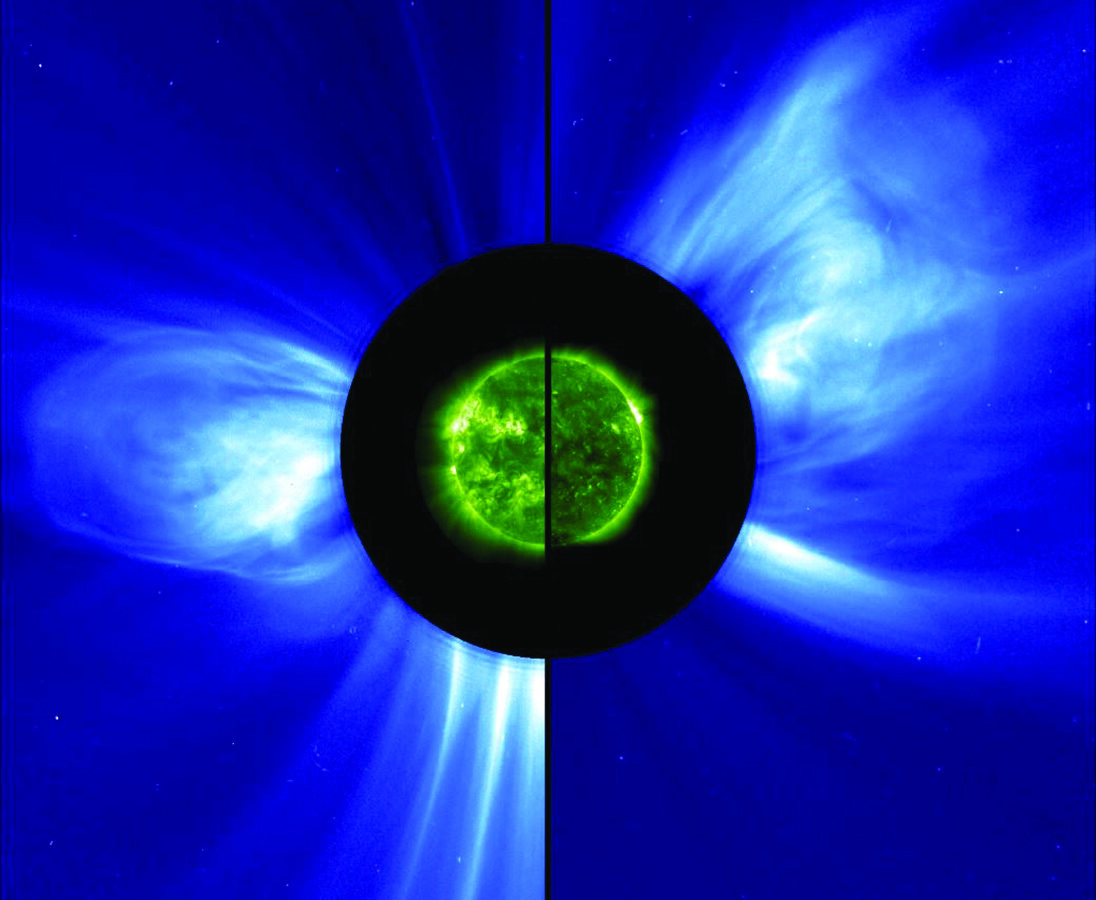Faced with the prospect of a large data gap in solar irradiance records, scientists take steps to ensure that this key climate variable stays monitored.
solar activity
Posted inResearch Spotlights
Low Heliosphere Pressure Drives Wide CMEs in Weak Solar Cycles
Why are coronal mass ejections from the current solar cycle wider than others? Researchers investigate.


